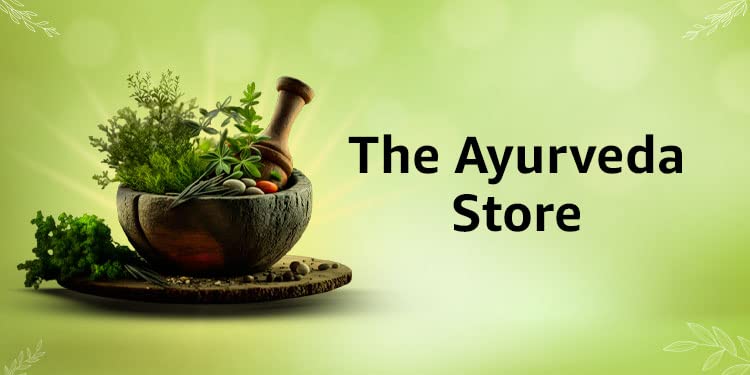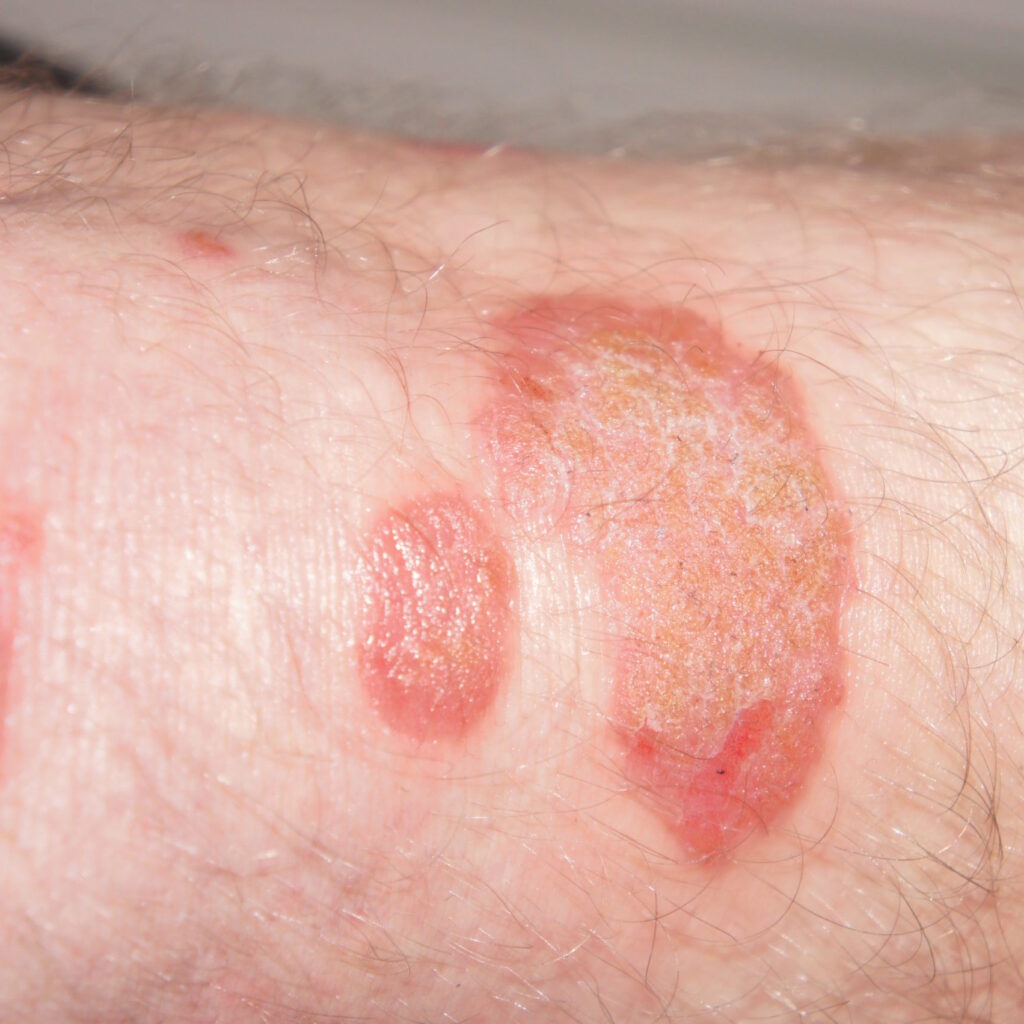Pharmacological Insights into Charakokta Dashemani: Karmas, Rasa, Guna, Vipaka, Veerya, Dosha Karma, and Therapeutic Potential Part -3 (21- 30 Dashemani Mahakashaya)
21. Snehopaga Mahakashaya Varga (Adjuvants of Oleation Therapy) Introduction The Snehopaga Mahakashaya Varga consists of ten medicinal plants that act as adjuvants in Snehana Karma (Oleation Therapy). These herbs enhance the properties of medicated oils and ghee, supporting deep tissue nourishment, lubrication, and detoxification. They help in balancing Vata and Pitta Dosha, improving the absorption of Sneha Dravyas, and promoting rejuvenation and vitality. List of Snehopaga Dravyas (Medicinal Plants of Snehopaga Varga) SI No Name Botanical Name Rasa (Taste) Guna (Properties) Vipaka (Post-digestive effect) Virya (Potency) Active Compounds 1 Mradwika Vitis vinifera Madhura Guru, Snigdha Madhura Shita Resveratrol, Flavonoids 2 Madhuka Glycyrrhiza glabra Madhura Guru, Snigdha Madhura Shita Glycyrrhizin, Flavonoids 3 Madhuparni Tinospora cordifolia Tikta, Kashaya Guru, Snigdha Madhura Ushna Tinosporin, Alkaloids 4 Meda Polygonatum verticillatum Madhura Guru, Snigdha Madhura Shita Saponins, Polysaccharides 5 Vidari Pueraria tuberosa Madhura Guru, Snigdha Madhura Shita Isoflavonoids, Coumarins 6 Kakoli Lillium polyphyllum Madhura Guru, Snigdha Madhura Shita Alkaloids, Flavonoids 7 Kshira Kakoli Lillium sp. Madhura Guru, Snigdha Madhura Shita Glycosides, Saponins 8 Jivaka Microstylis wallichii Madhura Guru, Snigdha Madhura Shita Flavonoids, Sterols 9 Jivanti Leptadenia reticulata Madhura Guru, Snigdha Madhura Shita Leptadenosides, Alkaloids 10 Shalaparni Desmodium gangeticum Madhura, Tikta Guru, Snigdha Madhura Shita Isoflavones, Sterols Uses of Snehopaga Varga Dosha Karma (Effect on Doshas) How Snehopaga Varga Works Conclusion The Snehopaga Mahakashaya Varga plays a vital role in Ayurvedic Oleation Therapy (Snehana Karma) by enhancing the absorption and efficacy of medicated ghee and oils. These ten powerful herbs help in nourishment, rejuvenation, skin health, and nervous system balance, making them essential in Panchakarma and Rasayana therapies. 22. Swedopaga Mahakashaya Varga (Adjuvants of Sudation Therapy) Introduction The Swedopaga Mahakashaya Varga consists of ten medicinal plants that act as adjuvants to Swedana Karma (Sudation Therapy). These herbs enhance the therapeutic effect of Swedana, facilitating detoxification, sweat induction, and deep tissue relaxation. They help in balancing Vata and Kapha Dosha, reducing stiffness, pain, and swelling. List of Swedopaga Dravyas (Medicinal Plants of Swedopaga Varga) SI No Name Botanical Name Rasa (Taste) Guna (Properties) Vipaka (Post-digestive effect) Virya (Potency) Active Compounds 1 Shobhanjana Moringa oleifera Katu, Tikta Laghu, Ruksha Katu Ushna Moringinine, Flavonoids 2 Eranda Ricinus communis Madhura, Tikta Tikshna, Snigdha Madhura Ushna Ricinoleic Acid, Alkaloids 3 Arka Calotropis procera Katu Tikshna, Ruksha Katu Ushna Calotropin, Flavonoids 4 Vraschira Trianthema portulacastrum Katu, Tikta Laghu, Ruksha Katu Ushna Saponins, Alkaloids 5 Punarnava Boerhavia diffusa Tikta, Kashaya Laghu, Ruksha Madhura Ushna Boeravinone, Flavonoids 6 Yava Hordeum vulgare Madhura Laghu, Ruksha Madhura Shita Beta-glucans, Polyphenols 7 Tila Sesamum indicum Madhura, Kashaya Guru, Snigdha Madhura Ushna Sesamin, Tocopherols 8 Kulattha Dolichos biflorus Kashaya, Tikta Laghu, Ruksha Katu Ushna Polyphenols, Proteins 9 Masha Phaseolus mungo Madhura Guru, Snigdha Madhura Shita Lecithins, Flavonoids 10 Badara Ziziphus jujuba Madhura, Amla Guru, Snigdha Madhura Shita Triterpenoids, Flavonoids Uses of Swedopaga Varga Dosha Karma (Effect on Doshas) How Swedopaga Varga Works Conclusion The Swedopaga Mahakashaya Varga enhances the therapeutic effect of Swedana Karma by improving perspiration, circulation, and detoxification. These ten powerful herbs are essential for managing Vata and Kapha disorders, making them valuable in Panchakarma therapies. 23. Vamanopaga Mahakashaya Varga (Sub-emetics) Introduction The Vamanopaga Mahakashaya Varga consists of ten medicinal plants that act as adjuvants to Vamana Karma (Therapeutic Emesis). These herbs enhance the effectiveness of primary Vamana Dravyas, helping to expel excessive Kapha Dosha, toxins (Ama), and undigested food. They aid in conditions like chronic cough, asthma, indigestion, and skin diseases. List of Vamanopaga Dravyas (Medicinal Plants of Vamanopaga Varga) SI No Name Botanical Name Rasa (Taste) Guna (Properties) Vipaka (Post-digestive effect) Virya (Potency) Active Compounds 1 Madhu Honey Kashaya, Madhura Laghu, Ruksha Madhura Ushna Flavonoids, Enzymes 2 Madhuka Glycyrrhiza glabra Madhura, Tikta Guru, Snigdha Madhura Shita Glycyrrhizin, Saponins 3 Kovidara Bauhinia purpurea Kashaya Ruksha, Laghu Katu Shita Flavonoids, Tannins 4 Karbudara Bauhinia variegata Kashaya Ruksha, Laghu Katu Shita Phytosterols, Alkaloids 5 Nipa Anthocephalus cadamba Kashaya Ruksha, Laghu Katu Shita Terpenoids, Glycosides 6 Vidula Barringtonia acutangula Kashaya Ruksha, Tikshna Katu Shita Saponins, Tannins 7 Bimbi Coccinia indica Kashaya, Katu Ruksha, Laghu Katu Ushna Beta-carotene, Triterpenoids 8 Shanapushpi Crotalaria verrucosa Tikta, Katu Laghu, Tikshna Katu Ushna Alkaloids, Flavonoids 9 Sadapushpa Calotropis gigantea Tikta, Katu Tikshna, Sara Katu Ushna Calotropin, Glycosides 10 Pratyakpushpa Achyranthes aspera Katu, Tikta Laghu, Tikshna Katu Ushna Ecdysteroids, Saponins Uses of Vamanopaga Varga Dosha Karma (Effect on Doshas) How Vamanopaga Varga Works Conclusion The Vamanopaga Mahakashaya Varga strengthens Vamana Karma (therapeutic emesis) by aiding in Kapha elimination, detoxification, and respiratory health. These herbs are essential for managing chronic cough, skin disorders, indigestion, and metabolic imbalances, making them vital in Panchakarma therapies. 24. Virechanopaga Mahakashaya Varga (Sub-purgatives) Introduction The Virechanopaga Mahakashaya Varga includes ten medicinal plants that support Virechana Karma (therapeutic purgation). These herbs enhance the action of Virechana Dravyas like Trivrit (Operculina turpethum), helping in the elimination of excessive Pitta Dosha and toxins (Ama) from the intestines. They are beneficial in liver disorders, skin diseases, chronic constipation, and metabolic imbalances. List of Virechanopaga Dravyas (Medicinal Plants of Virechanopaga Varga) SI No Name Botanical Name Rasa (Taste) Guna (Properties) Vipaka (Post-digestive effect) Virya (Potency) Active Compounds 1 Draksha Vitis vinifera Madhura Guru, Snigdha Madhura Shita Resveratrol, Flavonoids 2 Kashmarya Gmelina arborea Madhura, Katu Laghu, Ruksha Ushna Ushna Lignans, Alkaloids 3 Parushaka Grewia asiatica Madhura Guru, Snigdha Madhura Shita Anthocyanins, Polyphenols 4 Abhaya Terminalia chebula Madhura, Kashaya Laghu, Ruksha Ushna Ushna Tannins, Gallic acid 5 Amalaka Emblica officinalis Pancharasa (except Lavana) Ruksha, Laghu Madhura Shita Vitamin C, Phyllembelic acid 6 Vibhitaka Terminalia bellirica Kashaya Ruksha, Laghu Madhura Ushna Tannins, Beta-sitosterol 7 Kuvala Zizyphus sativa Madhura, Kashaya Picchila, Guru Madhura Shita Saponins, Flavonoids 8 Badara Zizyphus mauritiana Madhura, Amla, Kashaya Picchila, Guru Madhura Shita Vitamin C, Polyphenols 9 Karkandhu Zizyphus nummularia Madhura, Kashaya Picchila, Guru Madhura Shita Triterpenoids, Alkaloids 10 Pilu Salvadora persica Madhura, Amla, Kashaya, Tikta Laghu, Snigdha Katu Ushna Alkaloids, Glucosinolates Uses of Virechanopaga Varga Dosha Karma (Effect on Doshas) How Virechanopaga Varga Works Conclusion The Virechanopaga Mahakashaya Varga is essential for Virechana Karma (purgation therapy). It plays a vital role in detoxification,






